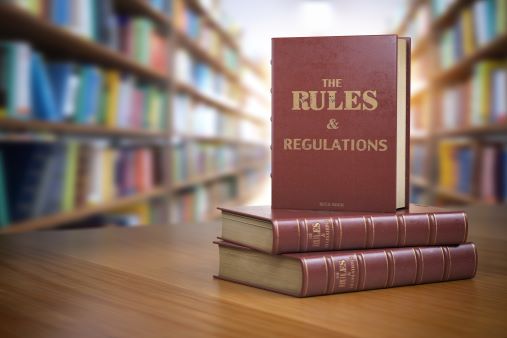Last Wednesday’s announcement that The New York Times had abruptly fired its first female executive editor, Jill Abramson, outraged feminists and journalists, fueling debate about equal pay, sexism and double-standards. Regardless of Abramson’s conduct or the Times’s reasons for short-circuiting Abramson’s tenure, this high-profile drama has created a teachable moment for employers. To briefly summarize, The New Yorker published a now-disputed account that the Times had conceded "Abramson’s decision to hire lawyers to protest her salary ‘was a contributing factor’ to her termination, because ‘it was part of a pattern.’" On Friday, the Times said that Abramson’s decision to hire a lawyer was a "hostile act," and "part of a pattern of frustration." This weekend, it was revealed that according to NYT’s publisher, Abramson had essentially lied to him about a key hiring. In addition to initially focusing on Abramson’s "management style," the Times also denied that Abramson was paid less that her male predecessor, Bill Keller. In a carefully worded statement, a Times spokesperson told the web-based, POLITICO: “Jill’s total compensation as executive editor was not less than Bill Keller’s, so that is just incorrect." The Times referred to Abramson’s "total compensation," which includes stock options, bonuses and incentives that might not have been within Abramson’s control. As in our own workplace experiences, the truth in New York is disputed. And, as lawyers, we know, the murkier the issues, the greater the legal risk to employers. We await more details about the story, but the narrative already offers several lessons: Lesson 1: Equal pay for equal work. Is Abramson - as the LA Times asked - the “professional-class equivalent of equal pay heroine Lilly Ledbetter?” Make it part of your 2014 task list to critically review your company’s internal pay structure. We know there are barriers; for example, there is plenty of research showing that men negotiate harder for their starting salaries and that, thereafter, regular increases will result in a widening disparity. But, spot those disparities now, before they become issues. Lesson 2: Retaliation risk abounds. Retaliation continues to be fertile soil for plaintiffs and plaintiff’s lawyers. These are easy cases to bring and difficult to defend. You already know the rules: Title VII of the Civil Rights Act, which prohibits (among other things) discrimination based on sex, also prohibits firing someone for opposing such discrimination. In other words, if someone complains about the terms and conditions of their employment, call your lawyers before you fire them. In New York, the timing of Abramson’s alleged complaint as it relates to her subsequent departure has raised some eyebrows. Lesson 3: Decisions consistent with documentation. (And vice versa). We regularly tell our clients to document, document, document. But, let’s be clear: that alone is not enough. We don’t know what the Times’s records reflect about Abramson’s management style or leadership issues. We do know that The New Yorker published an email from NYT’s CEO to Abramson (sent in late April) in connection with a potential hire. The email reads, in part, "she reveres you and will need convincing that you’re going to sign up for some more years as Editor. I told her I was doing my best to persuade you that you should!…" To the outsider, such an email suggests that Abramson was performing well enough that her CEO wanted to keep her “some more years”—all this just a couple weeks before Abramson’s unceremonious departure. Lesson 4: Be wary of descriptions of subjective characteristics such as “management style." This is the fuel for feminists’ fire. Not to say it’s not important. Indeed, it is. The reports surrounding Abramson describe her as "brusque" and "pushy," but she was widely considered effective. And, admittedly, executives in charge usually have to make tough, unpopular decisions, which will often impact their universal likeability. If similar conduct and characteristics are tolerated (or even welcomed) in men, then brace yourself for a legal skirmish. As an institution, the New York Times has long advocated diversity and equal pay for equal work. It is worth noting that Abramson was replaced with Dean Baquet, the first African-American to serve as executive editor. This story is rich in irony, and no doubt, has generated unwanted attention for one of the country’s most prestigious news organizations. For the rest of us, it is an opportunity to watch and learn.
Subscribe
Do you want to receive more valuable insights directly in your inbox? Visit our subscription center and let us know what you're interested in learning more about.
View Subscription Center













